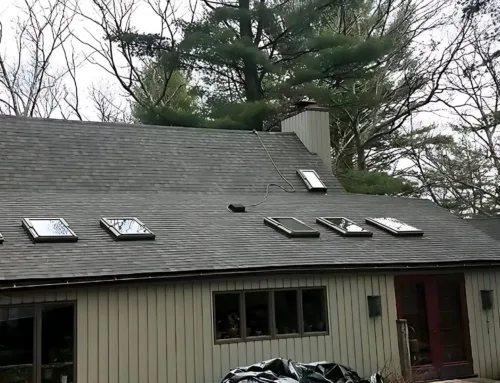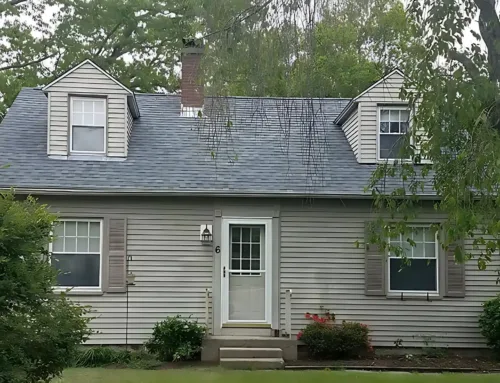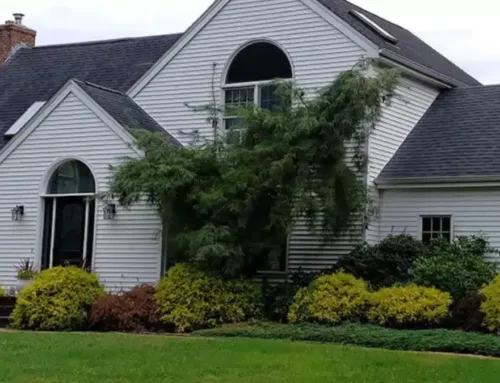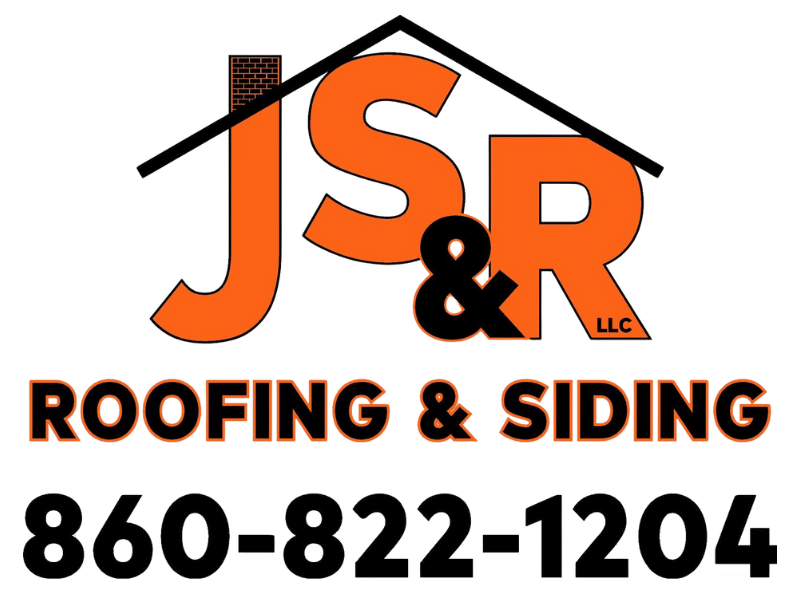Your house’s roof is a complex system with numerous features that work together to protect the building, its contents, and your family. These are the major components and what they do.
Shingles
Roofing shingles are the parts that can be seen from the outside of the house. Decking encloses and reinforces the roof, and shingles are nailed into the decking.
Asphalt shingles are the most commonly chosen type since they balance durability, aesthetics, and value. Asphalt shingles are available in a variety of colors and styles to suit a home’s architecture and the owner’s preferences.
Roofing shingles fall into three categories. Strip shingles are the most basic, consisting of a single layer. They are usually designed to resemble slate. Dimensional roofing shingles are heavier and are made of two or more layers. Premium roofing shingles are usually laminated and are more aesthetically appealing.
Accessory shingles are used on roof hips and ridges. They can protect those areas and complement the appearance of shingles used on other parts of the roof.
Underlayment
An underlayment membrane is used beneath roofing shingles to create a water-resistant barrier. The underlayment membrane is made of felt covered with asphalt or a synthetic fabric. It protects the roofing shingles from resin released by the decking and shields the decking from the effects of inclement weather.
Vents
Proper ventilation is essential to protect a house from damage. Roof vents can be made of metal or plastic. They have openings and fins that keep the attic well ventilated. Eaves and soffits let air in, while vents at or near the roof ridge allow air to escape. That creates a continuous flow of air that can keep the attic cool in the summer and dry in the winter.
Flashing
Flashing can be made of galvanized steel, aluminum, or plastic and can be rigid or flexible. It is used in valleys and around chimneys, roof and plumbing vents, and walls to keep water from penetrating beneath the surface.
Other Parts of the Roof
A saddle is located behind a chimney or another roof projection and is used to divert rainwater. An eaves membrane is placed under some or all of the shingles to prevent water from ice dams from seeping in and damaging structures beneath the roof’s surface.
Have Your Roof Inspected
If you have noticed missing roof shingles, water marks inside your house, or other signs of roof damage, have your Connecticut home inspected right away. If you ignore a roof problem, it will only get worse.
You should also have your roof inspected periodically, even if you don’t see signs of damage. A professional can detect a problem you might miss and make repairs before an issue escalates. Contact JS and R Roofing today to schedule a roof inspection.








